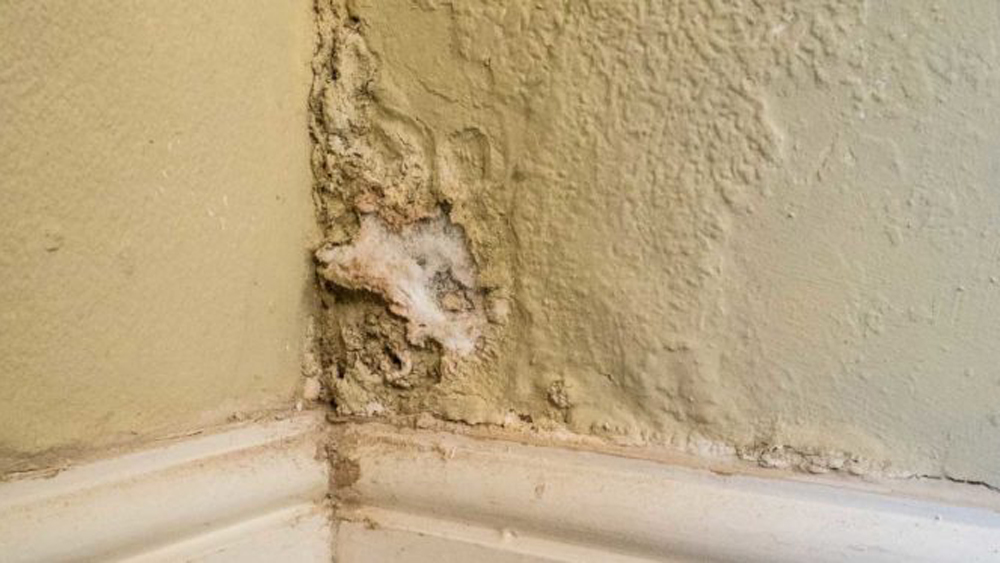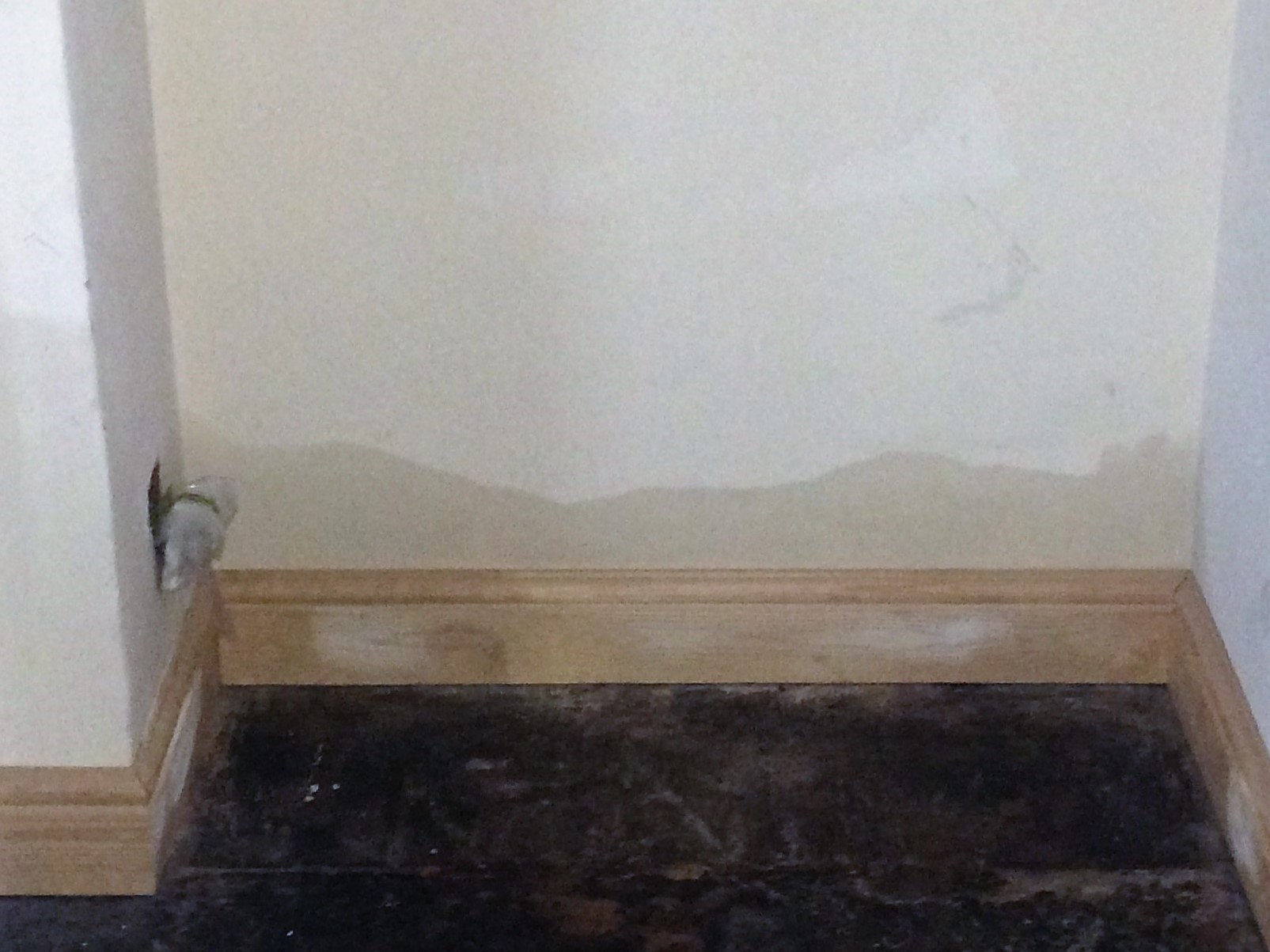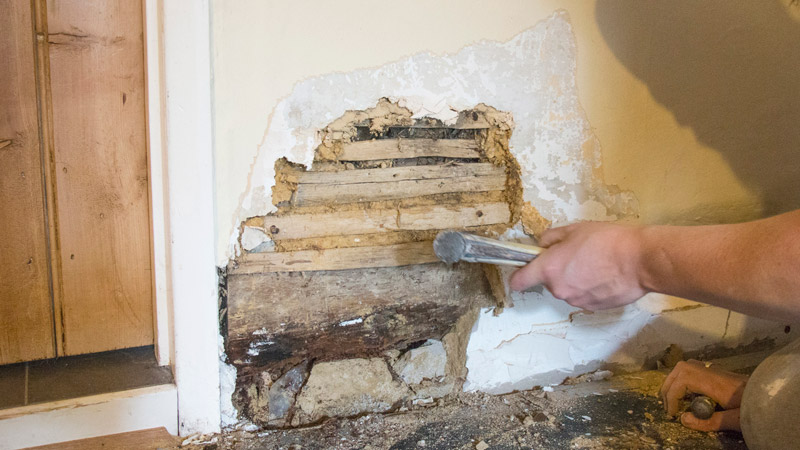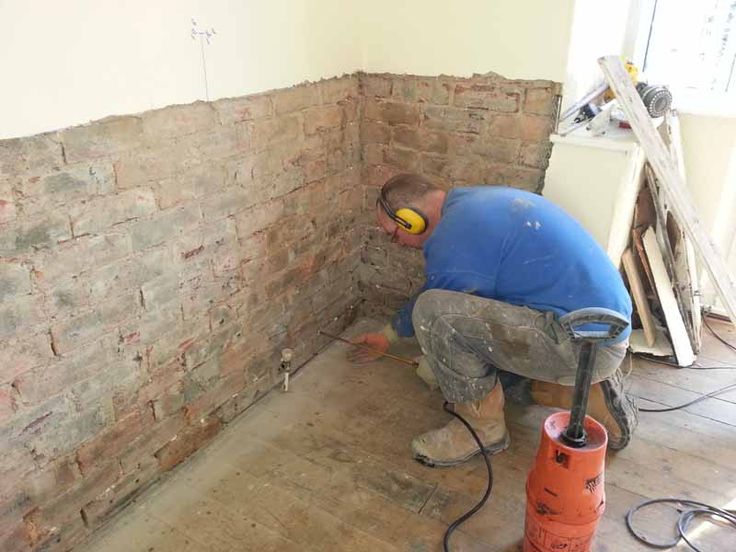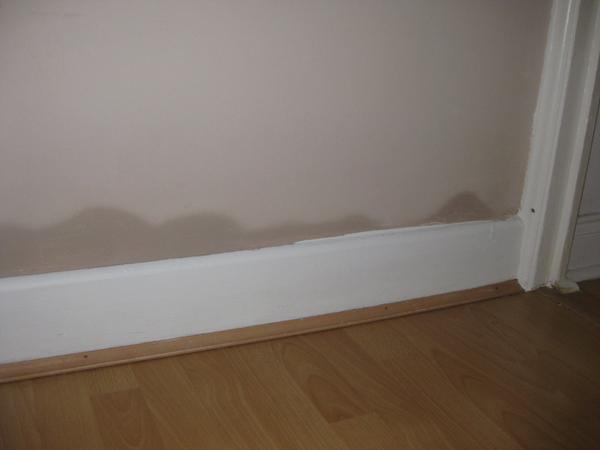
Damp in your home can be devastating for many. It can lead to a whole host of health issues if not treated and once you have damp the chances of it getting better by itself are next to none. There are some obvious signs of rising damp that shouldn’t be ignored.
Signs of Damp in Your Home
Damp is unwanted and excessive moisture on walls, ceilings or floors. This can occur if there is excessive water in the air or if there is, for example, a burst pipe in the walls or floor that you may be unaware of.
Most common signs of damp in a home include;
- A damp and musty smell
- Mould or mildew on walls, ceiling or floors
- Cold or damp feeling to walls, floors or ceilings
- Plaster or walls that have dark or discoloured patches
- Lifting or peeling wallpaper
- Excessive condensation on the windows
Signs of Rising Damp
There are different types of damp and each has certain characteristics that can help you figure out where the problem may be coming from. Some of the tell-tale signs or rising damp include;
- Damp patches that start at the base of the wall and gradually move vertically up the wall
- Rotting skirting boards or plaster
- Wet or lifting floor coverings; such as tiles, vinyl or carpet
- Peeling paint or wallpaper – generally starts at the bottom of the wall
- White, powdery, salt-like substance on the wall
- Yellow or brown ride marks or staining on wall
Rising damp can be difficult to deal with and the worse it gets the costlier it may be to fix the issue, signs of rising damp should not be ignored.
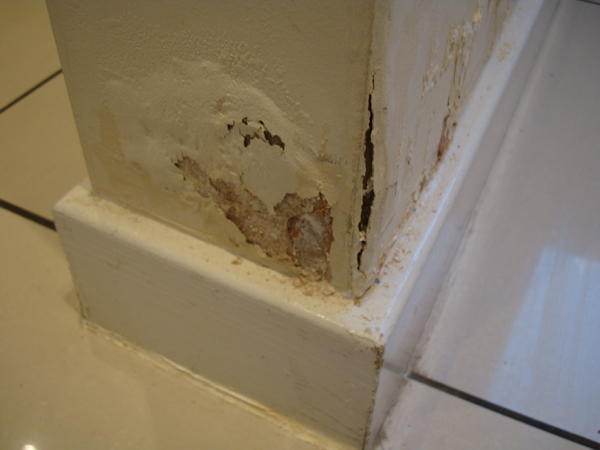
Where Does Rising Damp Come from?
Rising damp generally comes from the floor of a property, the damp then rises up the wall – giving rising damp its name.
What to Do If You Have You See Signs of Rising Damp
If you think that your home is showing signs of rising damp, then your best bet is to find a damp specialist in your area to come and assess the problem. One of the main issues with any type of damp is that because it usually starts off in the interior of walls, floors or ceilings, the problem may actually be worse than you think by the time it starts showing through. This may not always be the case but regardless, it is essential to get in contact with a professional when you notice the first signs of rising damp.

